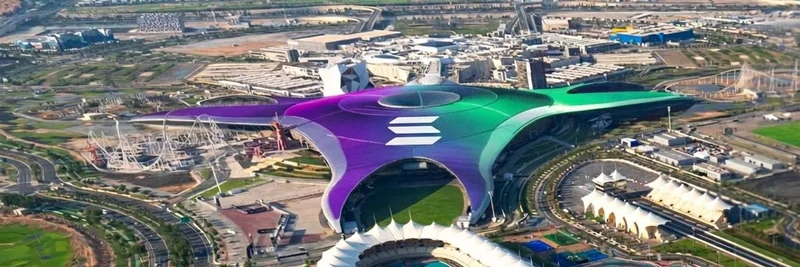Hey there, crypto enthusiasts! If you’ve been keeping an eye on the latest blockchain innovations, you’ve probably heard some buzz around DoubleZero and their recent announcement. On June 30, 2025, DoubleZero dropped a game-changing update: native multicast support for distributed systems. This isn’t just another tech tweak—it’s a potential revolution for how blockchains like Solana handle data. Let’s break it down in a way that’s easy to digest, even if you’re new to the space!
What’s the Big Deal with Multicast?
So, what exactly is multicast, and why should you care? In simple terms, multicast is a way to send data to multiple devices at once, like sending a single message that fans out to a group instead of emailing everyone individually. In blockchain land, where validators (the nodes that keep the network running) need to share data quickly to agree on transactions, this efficiency can be a total game-changer.
Traditionally, blockchains have relied on unicast, where each validator sends the same data packet to every other validator one by one. Imagine shouting the same message to each friend in a crowded room—tedious, right? The image below, shared by DoubleZero, shows the difference:
On the left, you see unicast with its messy, redundant paths (red lines). On the right, multicast (green lines) sends data once and lets the network handle the distribution. Less bandwidth waste, lower latency—sounds pretty sweet, doesn’t it?
Why Blockchains Need This
If you’ve ever run a validator on a high-performance blockchain like Solana, you know the struggle. The real bottleneck isn’t the computing power—it’s the communication. Validators need to broadcast data to reach consensus (agreement on the next block), and doing this with unicast can slow things down, especially as networks grow. DoubleZero’s solution? Send data once, let it replicate in-network, and deliver it only to subscribers via deterministic fiber paths. It’s like upgrading from a single-lane road to a high-speed highway!
This update promises some exciting perks:
- Faster block propagation: Blocks get shared quicker across the network.
- Lower-latency consensus sync: Validators agree faster, boosting efficiency.
- Real-time telemetry: Better monitoring for network health.
- Geography-aware routing: Data takes the shortest path based on location.
Plus, it borrows a trick from high-frequency trading firms, who’ve used multicast for years to move data at lightning speed. Now, decentralized systems can catch up!
How It Works Under the Hood
Curious about the tech magic? DoubleZero’s multicast system is powered by on-chain provisioning, meaning group configuration and permissions are managed directly on the blockchain. This keeps things secure while letting developers build with a new, high-performance tool. The testnet release (v0.2.2) is already live, and teams in the Solana ecosystem are jumping in to integrate it. Want to geek out more? Check out the docs for a deeper dive!
The image below sums up the multicast vs. unicast showdown with a handy table:
What’s Next for DoubleZero?
This is just the beginning. DoubleZero is rolling out broader network-wide testing in the coming months, and the testnet is open for anyone to experiment with multicast traffic. If you’re a developer or validator, now’s the time to get involved! Plus, Andrew McConnell from Malbec Labs shared a demo (watch it here) that shows this tech in action—definitely worth a peek!
Why This Matters for Meme Tokens and Beyond
At Meme Insider, we’re all about keeping you in the loop on tech that could shape the future of blockchain—and meme tokens too! Faster, more efficient networks mean better infrastructure for meme coin projects, where speed and scalability can make or break a launch. This could be a stepping stone to more robust decentralized apps, giving practitioners like you an edge in the wild world of crypto.
So, what do you think? Ready to see multicast transform blockchain communication? Drop your thoughts in the comments, and stay tuned for more updates from the Meme Insider knowledge base!



